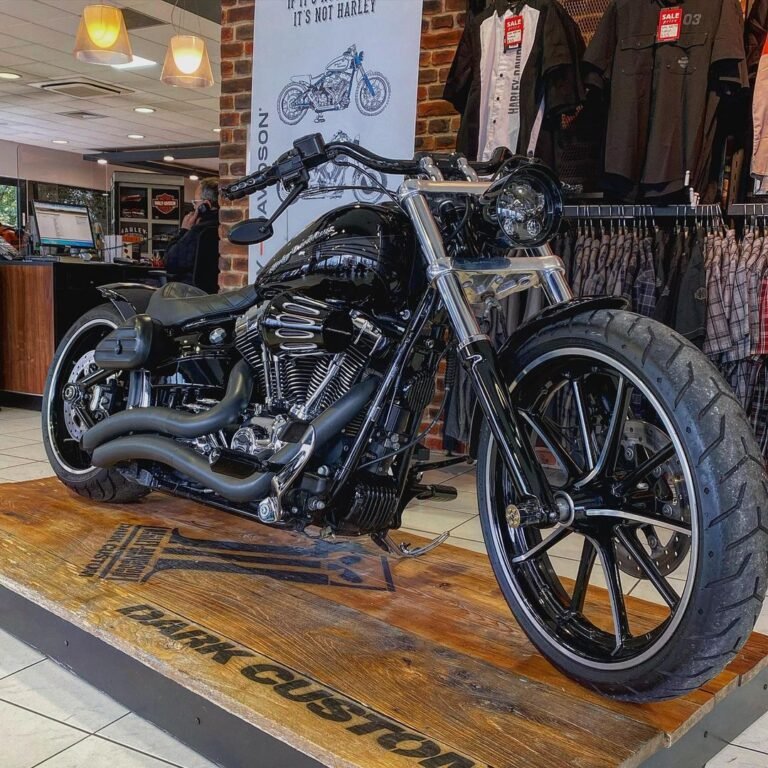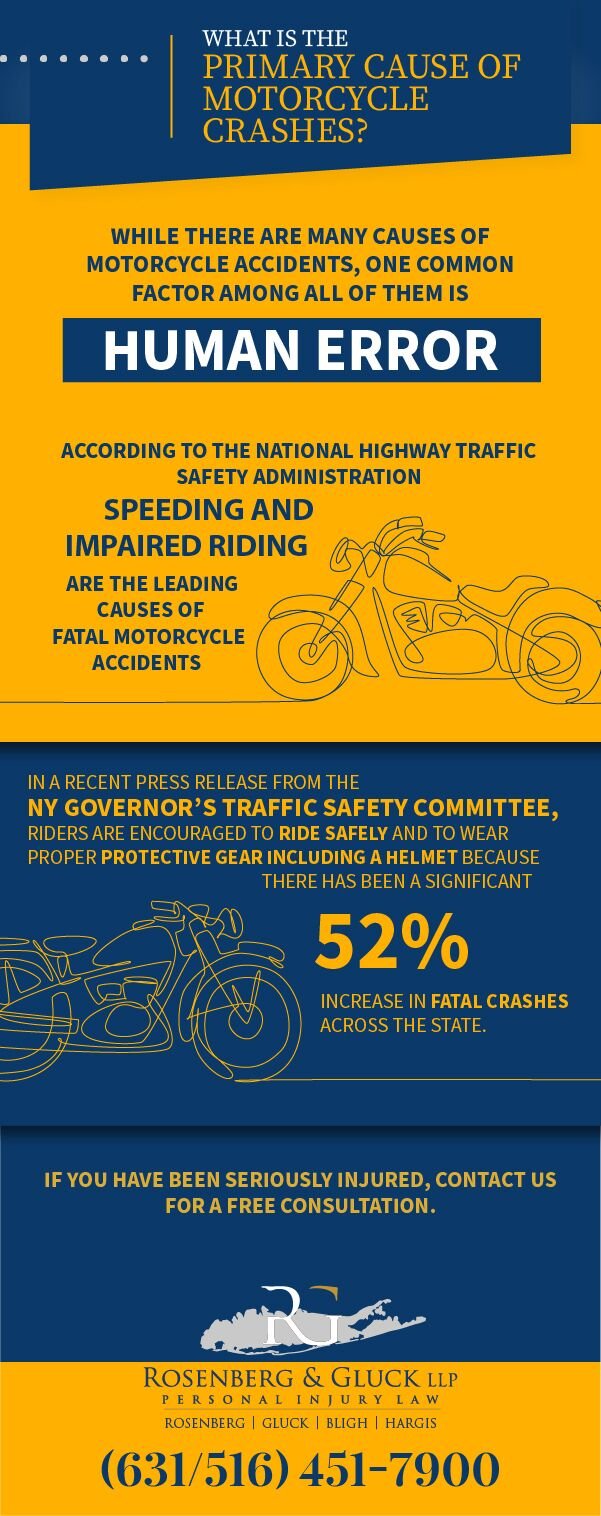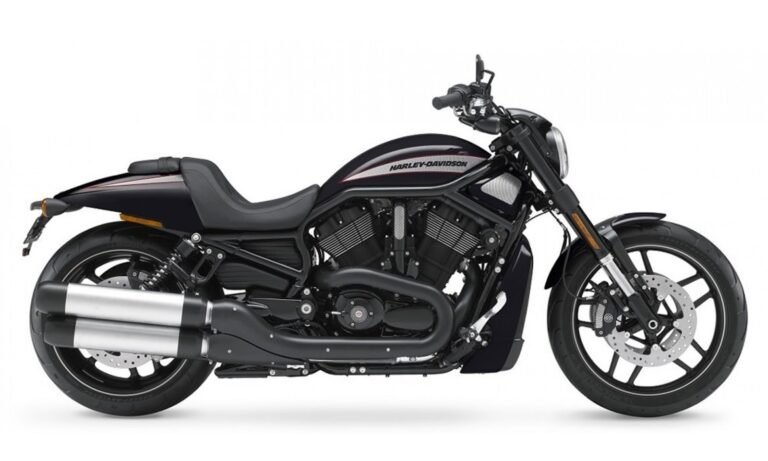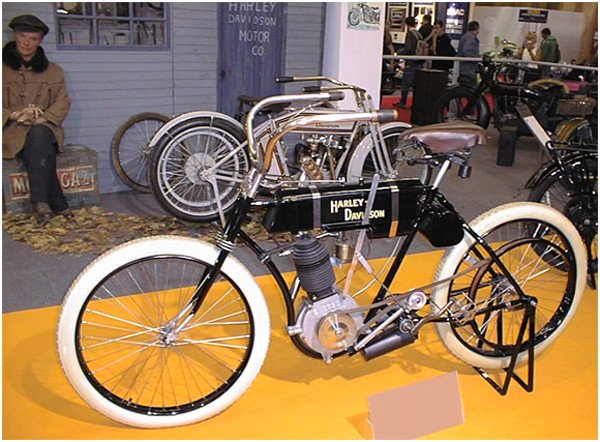How Long are Motorcycle Helmets Good for
Are you wondering about the lifespan of your motorcycle helmet? It’s a crucial question that every rider should consider.
Your helmet is your primary safety gear, protecting your head from potential injuries. But how long is it truly effective? Understanding the lifespan of a motorcycle helmet can make all the difference in your safety on the road. We’ll delve into the factors that determine how long your helmet will remain in top condition.
By the end, you’ll have a clear understanding of when it’s time to replace your helmet, ensuring you’re always protected during your rides. Don’t gamble with your safety—read on to find out everything you need to know about the longevity of motorcycle helmets.

Credit: agvsport.com
Helmet Lifespan
Motorcycle helmets usually last for about five years. After this, materials inside start to wear out. Sunlight can make them weak faster. Sweat and dirt also cause damage over time. Helmets protect your head during rides. Safety is important, so using a strong helmet matters. Helmets have an expiry date on them. Check it before buying. Accidents can damage helmets too. Even small cracks are risky.
Always keep your helmet clean. Use a soft cloth to wipe it. Storage in cool places helps. Avoid dropping it on the ground. Replace helmets after a crash. New helmets are safer than old ones. Your head needs protection always. Buying a good helmet is smart. Helmets save lives every day. Keep them strong and safe.
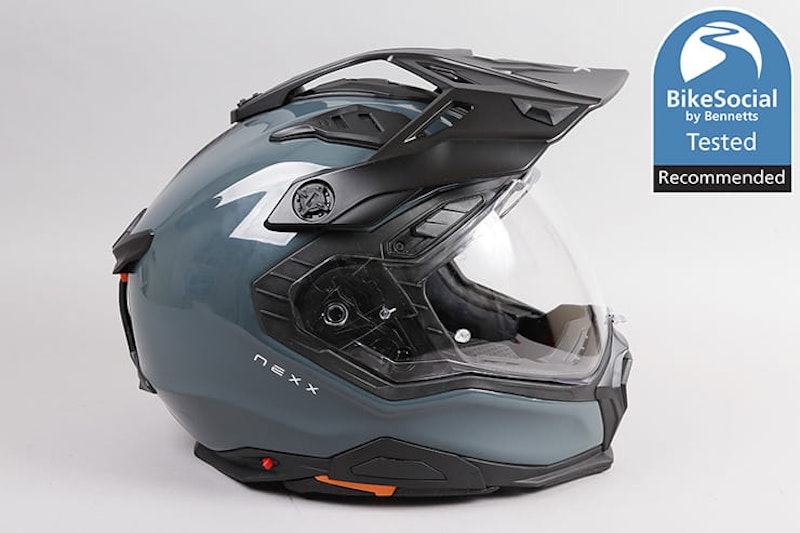
Credit: www.bennetts.co.uk
Material Durability
Helmet materials can affect how long they last. Plastic helmets are common and affordable. They are light but can wear down over time. Fiberglass helmets are stronger. They resist impact better than plastic. But they are heavier.
Carbon fiber helmets are very strong. They are also very light. These helmets often last longer. Yet, they are more expensive. Kevlar helmets provide great protection. They are also durable. But, like carbon, they cost more. Choosing the right material is important. It affects the helmet’s life and safety.
Wear And Tear
Motorcycle helmets generally last around five years before wear and tear affect their safety. Sun exposure, sweat, and impacts gradually degrade materials. Regular inspection helps ensure they remain effective in protecting riders.
Signs Of Degradation
Helmets can wear out over time. Small cracks or scratches might appear. The outer shell may look dull. If the foam inside feels loose or crumbly, it is a bad sign. Straps can also become worn or frayed. Buckles might not snap tight. These are signs your helmet needs replacing.
Effects Of Regular Use
Using a helmet daily can cause wear. Sweat and dirt can build up. This can make the inside foam weak. Sun can fade the helmet’s color. Rain can make it rusty or moldy. If dropped often, it might crack. Regular cleaning can help, but won’t stop all problems.
Storage Conditions
Proper storage conditions greatly affect a motorcycle helmet’s lifespan. Store helmets in a cool, dry place away from sunlight. This helps maintain their protective qualities for up to five years.
Proper Storage Techniques
Helmets need a safe place to rest. Keep them in a dry and cool area. Avoid placing them near heat sources like radiators. Use a helmet bag for extra protection. This keeps dust and dirt away. Don’t stack heavy items on top. It can damage the helmet’s shape. Always check the helmet for cracks or wear.
Temperature And Humidity Effects
High temperatures can weaken the helmet. Direct sunlight is harmful. It can cause the helmet to fade or crack. Humidity can affect the inner padding. It might get moldy or smelly. Store helmets in a stable climate. Extreme cold can make the helmet brittle. Always keep them in moderate conditions. This helps prolong their life.
Accident Impact
Motorcycle helmets generally last about five years. Over time, materials can degrade, affecting safety. Regularly check for cracks and wear to ensure protection. Always replace helmets after an accident, even if there are no visible signs of damage. Safety should never be compromised for durability.
Post-crash Helmet Replacement
Helmets protect your head during a crash. Once a helmet takes a hit, its safety is reduced. Experts suggest replacing the helmet after an accident. The hard shell may look fine, but inside it might be damaged. Small cracks can affect safety. Even if you see no damage, the helmet might not protect well again. Helmets are like shields. Once they get a big hit, they need changing. Using a damaged helmet is risky. It’s like using a broken shield. Keep your head safe. Replace helmets after a crash to stay protected.
Assessing Damage
Check helmets carefully after a crash. Look for cracks or dents. Feel for soft spots inside. Sometimes damage is hidden. A helmet expert can help. They know how to find problems. Use a flashlight to see inside the helmet. Look at the straps and buckles too. If anything seems wrong, get a new helmet. Better safe than sorry.
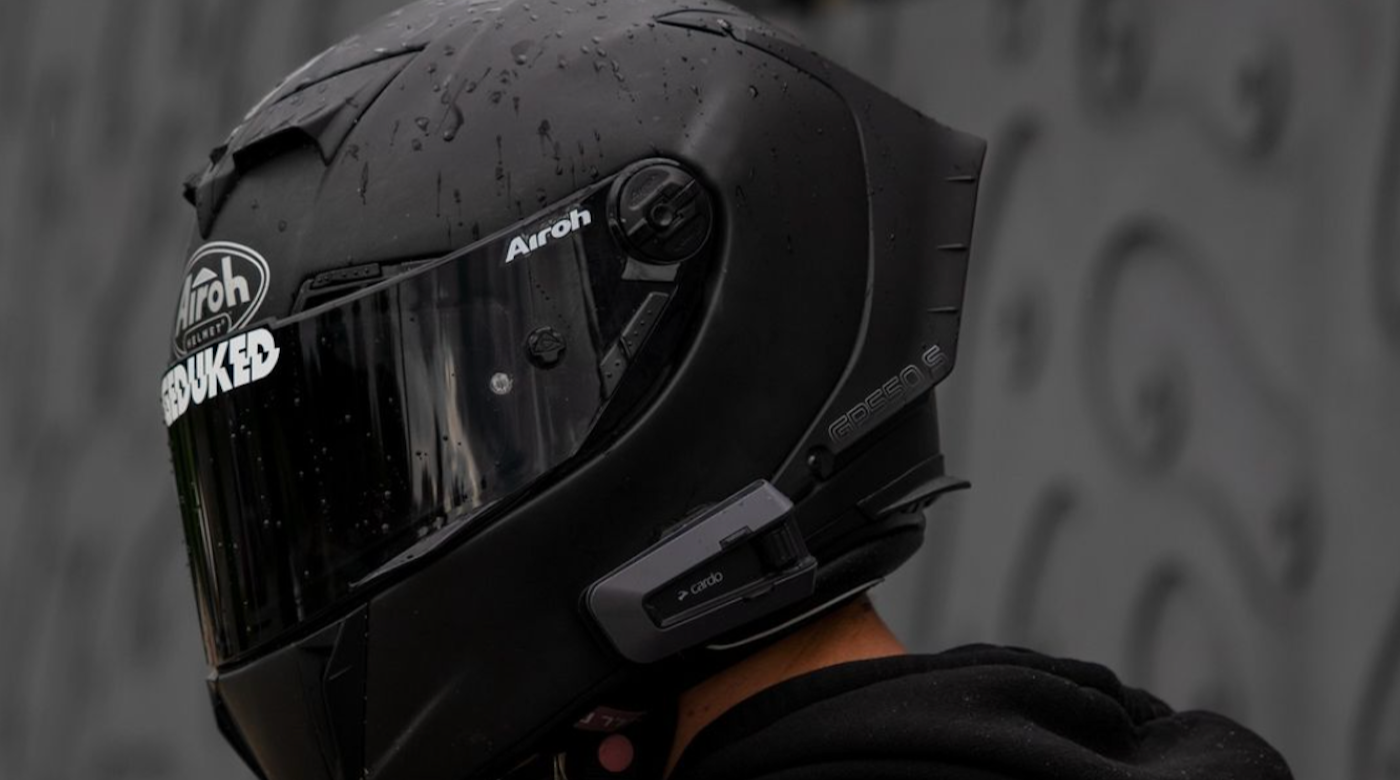
Credit: cardosystems.com
Manufacturer Guidelines
Helmet makers often suggest replacing helmets after five to seven years. The material inside can get weak over time. This can make the helmet less safe. Sunlight and sweat can also harm the helmet. These factors can make it wear out faster. Always check the helmet for cracks or damage. If you see any, replace it soon. Safety should always come first.
Warranty is important for a helmet. It tells you how long the helmet will last. Care instructions help keep the helmet strong. Clean it regularly and store it properly. Never drop your helmet. Dropping can damage it. Always follow the instructions given by the maker. They know best how to care for the helmet. Proper care makes your helmet last longer. It keeps you safe on the road.
Technological Advancements
Motorcycle helmets typically last for five years. Technological advancements improve durability and safety features over time. Regular inspection is crucial to ensure optimal protection while riding.
Innovations In Materials
Motorcycle helmets are now made with stronger materials. These materials include carbon fiber and polycarbonate. They make helmets light yet very strong. This helps protect the head better. Old helmets used to be heavy and bulky. New materials make them more comfortable to wear. Riders can enjoy long rides without neck pain.
Improved Safety Features
Helmets today have many safety features. Some helmets have built-in Bluetooth. This lets riders talk without using hands. Other helmets have better ventilation. This keeps the head cool on hot days. Reflective strips make helmets more visible at night. These features help keep riders safe.
Safety Standards And Regulations
Motorcycle helmets must meet safety standards. These standards are set by certification bodies. Different countries have different certification bodies. They ensure helmets are safe for riders. DOT is a certification in the USA. ECE certification is used in Europe. Snell is another certification. It tests helmets carefully.
Helmets must comply with strict requirements. They need to pass various tests. Impact tests check helmet strength. Penetration tests check if sharp objects can pass. Retention system tests check strap strength. Helmets must have a clear vision. They should be comfortable for long rides. Materials used should be strong and durable.
Frequently Asked Questions
Can I Use A 10 Year Old Motorcycle Helmet?
Using a 10-year-old motorcycle helmet is not recommended. Helmets degrade over time, losing protection effectiveness. Manufacturers advise replacing helmets every 5 to 7 years. Safety standards and materials improve over time, ensuring better protection. Always prioritize safety by using up-to-date gear.
Do Motorcycle Helmets Have An Expiration?
Yes, motorcycle helmets do have an expiration date. Manufacturers recommend replacing helmets every 5 to 7 years. Over time, materials degrade, reducing protection. Always check the manufacturer’s guidelines for specific expiration details. Regularly inspect helmets for visible damage to ensure optimal safety.
Is A 20 Year Old Helmet Safe?
A 20-year-old helmet is generally not safe. Materials degrade over time, reducing effectiveness. Replace helmets every 5-10 years. Always check for cracks and wear before use. Safety standards evolve, making older helmets outdated. Prioritize your safety by investing in a new, certified helmet.
Is A 10 Year Old Bike Helmet Still Good?
A 10-year-old bike helmet may not be safe. Materials degrade over time, reducing protection. Manufacturers recommend replacing helmets every 5-10 years. Always inspect for damage and consider upgrading for optimal safety.
Conclusion
Motorcycle helmets keep you safe. But they don’t last forever. Regular checks help. Look for signs of damage. Cracks, fading, or loose parts matter. Manufacturers suggest replacement every five years. Riding often? Replace sooner. Helmets protect your head. A small price for safety.
Invest in quality. Care extends their life. Proper storage helps, too. Remember, a helmet is crucial. You ride safely with good gear. Stay alert, stay protected, and enjoy your ride. Keep safety first. Your helmet is your best friend on the road.

